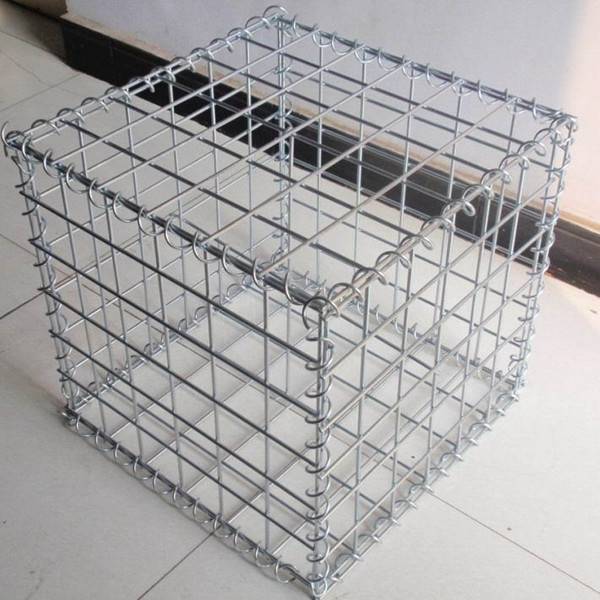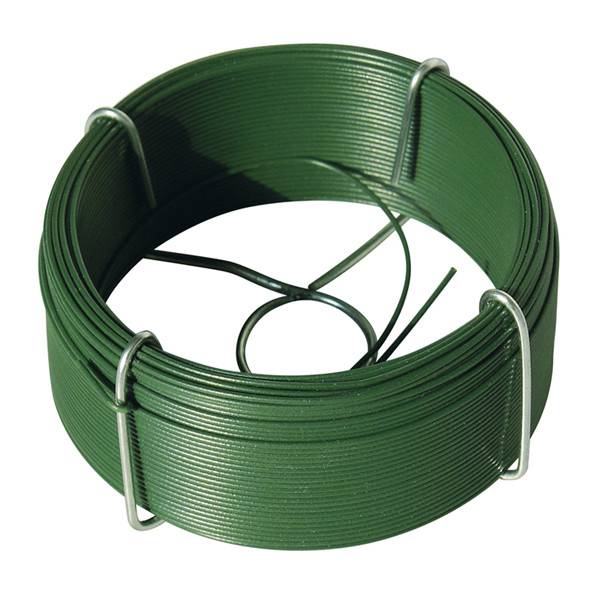
Sep . 05, 2024 08:46 Back to list
chain link fence sections
Understanding Chain Link Fence Sections A Practical Guide
Chain link fences are a popular choice for both residential and commercial properties due to their durability, affordability, and versatility. One of the critical elements of chain link fencing is the various sections that make up the complete structure. Understanding these sections is essential for anyone looking to install or maintain a chain link fence.
What Are Chain Link Fence Sections?
A chain link fence section is a piece of the fence that typically consists of the chain link fabric attached to a framework of posts and rails. These sections vary in height, gauge, and size, allowing homeowners and businesses to customize their fencing according to their needs. The most common heights for residential fences range from 4 to 6 feet, while commercial fences can reach up to 10 feet or more for added security.
Components of Chain Link Fence Sections
A standard chain link fence section comprises several key components
1. Chain Link Fabric This is the actual wire mesh that makes up the fence. It is usually made of galvanized steel, which provides resistance to rust and corrosion. The diamond-shaped openings in the fabric can vary in size, with common dimensions being either 2 inches or 2.5 inches.
2. Posts The vertical posts provide the structural support for the entire fence. They are typically set in concrete to ensure stability. The most common post types are terminal posts, which are located at the ends of the fence sections, and line posts that run along the length of the fence.
chain link fence sections

3. Top Rails These horizontal pieces run along the top of the fence and help to keep the fence taut. The top rail connects the terminal and line posts, providing additional strength and support.
4. Bottom Rails or Tension Wire Depending on the design, some chain link fences may incorporate a bottom rail. Alternatively, a tension wire can be added at the base to help maintain the shape of the fence and prevent sagging. This feature is particularly beneficial in areas prone to strong winds.
5. Fittings and Hardware Various fittings, such as braces, caps, and tension bands, are essential for assembling the fence sections. These components ensure that the fence remains secure and stable over time.
Installation and Maintenance
Installing chain link fence sections can be a DIY project for those with basic carpentry skills. However, it is crucial to follow local building codes and guidelines to ensure compliance and safety. Regular maintenance, such as inspecting for rust and tightening loose fittings, will prolong the life of your chain link fence.
Conclusion
Chain link fence sections offer a practical and durable solution for a variety of fencing needs. With their customizable options and straightforward installation process, they continue to be a favored choice for property owners. Understanding the components and maintenance of these sections can help you make an informed decision and enjoy a reliable fencing solution for years to come.
-
build-a-discreet-chicken-run-with-sturdy-green-coated-chicken-wire
NewsAug.23,2025
-
a-guide-to-selecting-the-most-durable-field-gates-for-your-property
NewsAug.23,2025
-
green-mesh-fencing-rolls-offer-versatile-solutions-for-diverse-needs
NewsAug.23,2025
-
chain-fence-for-durable-and-versatile-enclosure-solutions
NewsAug.23,2025
-
garden-edging-fence-for-functional-and-decorative-landscaping
NewsAug.23,2025
-
3d-wire-mesh-fence-for-versatile-security-and-decoration
NewsAug.23,2025
Products categories











